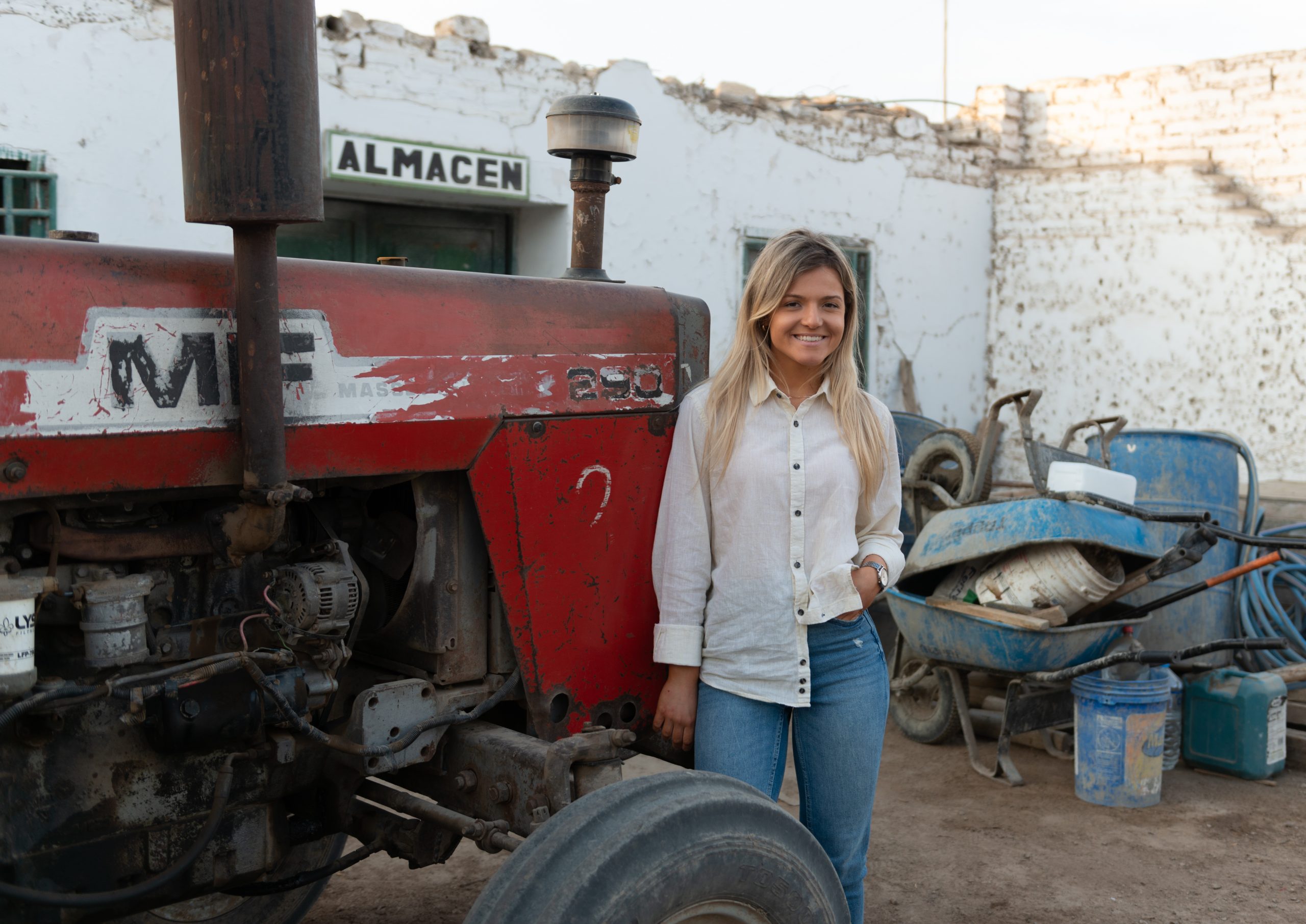
Where is the gastronomic capital of the world? Lyon perhaps? San Sebastian? A growing number of foodies and critics would nominate Lima right now. Restaurants like Central, Maido and Osaka have become destinations, famous for creativity and fine ingredients.
The rise of Peruvian food has had an unexpected side effect. People are starting to take a renewed interest in the country’s wines. Peru is the oldest wine-producing nation in the New World, with a culture that dates back to the early 16th century. The first vines were planted in 1539 by the Spanish colonisers. Twenty five years later, Peru had 40,000 hectares. These supplied mines in Bolivia, the city of Lima – the centre of the Spanish empire in the 16th and 17th century – and even Spain itself. Indeed, such was the success of Peruvian wine that Philip II imposed a temporary ban on plantings in 1595.
The boom ended for a number of reasons: earthquakes, the suppression of the Jesuits, a switch to cotton plantations instead of vineyards, phylloxera and, most important of all, the emergence of what has become Peru’s national drink: pisco. By the middle of the 18th century, wine had been eclipsed. It remained in the doldrums until the 1920s, when the first French grape varieties arrived in Peru, followed over the next half century by Gallic consultants, including the legendary Professor Emile Peynaud.
Pisco remained the focus of the booze industry, however. Even today, the biggest wineries – Tabernero, Tacama, Santiago Queirolo – see wine as a secondary product, at least in terms of profitability. Good wines were certainly made in the past – I had a Tacama 1997 Reserva Especial made of Tannat, Petit Verdot and Cabernet Sauvignon that was one of the wines of my trip – but the modern Peruvian wine scene is only really a decade old.
The alarming news is that most of what the locals drink is very sweet and labelled as Borgoña Semi-Seco. It’s pretty basic stuff, made from the Vitis Labrusca Isabella grape and sold with between 60 and 90 grams of added sugar. For all their gastronomic sophistication, Peruvians have a very sweet tooth, exemplified by their love of a dayglo yellow soft drink called Inca Cola.
So where does the industry stand right now? The first thing to say is that reliable statistics don’t exist. The best estimate is that there are 6,000 hectares of grapes, with 80% used to make pisco and the remaining 20% wine. Of that 20%, more than three quarters is Borgoña. If that sounds unpromising, it shouldn’t. Slowly, but steadily, change is happening. With the help of winemakers from overseas, most of them Argentinian, Peru is making increasingly impressive wines that appeal to more aspirational consumers, both local and from overseas.
There are two main schools of dry wine. The first is French-focused, using grapes such as Cabernet Sauvignon, Chardonnay, Malbec, Petit Verdot, Sauvignon Blanc, Tannat, Viognier and the occasional Alicante Bouschet and Carmenère….



